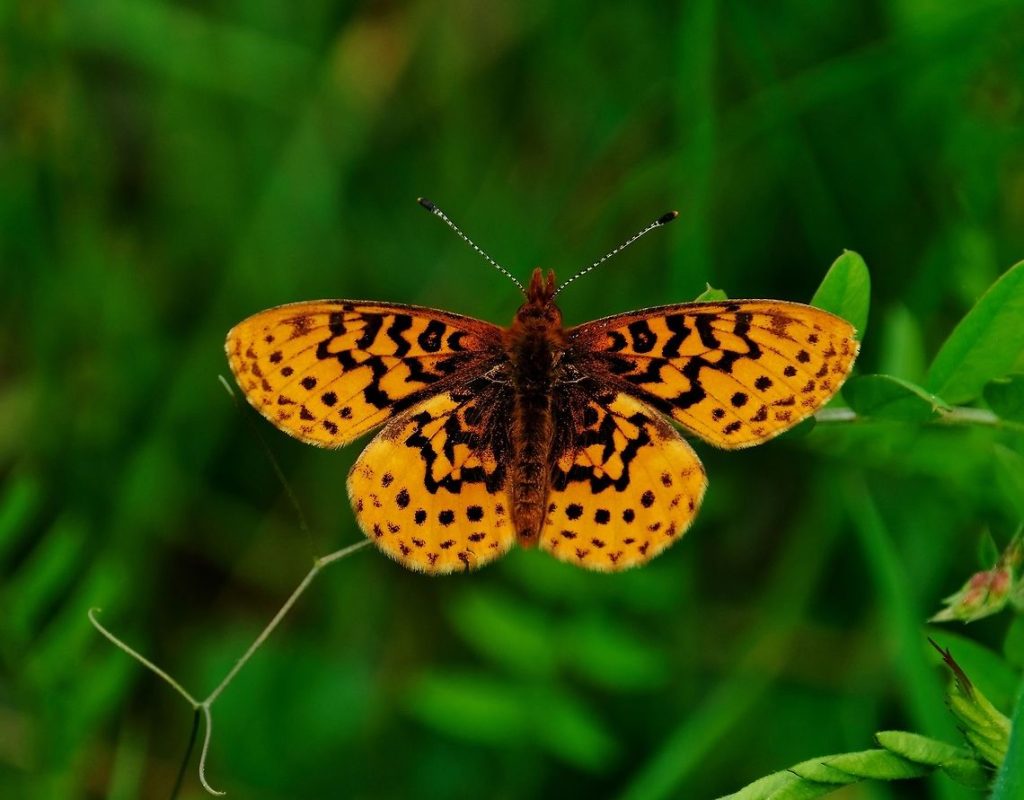Insects, being one of the most diversified and important ecological groups on the planet, are at risk of declining populations due to climate change. This paper focused on how using data from long-term monitoring of insect populations could give insight and answer more recent questions regarding population dynamics and climate change. The authors pooled together various studies that had at least a 10 year continuous sampling time frame, looked at 10 or more species, was restricted to a “protected area/ gradient of land use,” and analyzed climate change as a possible causative factor.
A case study highlighting butterflies residing in an “undisturbed” mountainous portion of northern California was used to explore any relationship between geographical differences and climate change. It was found that montane insects had easy access to a range of elevation gradients and therefore could adapt to changing climate by moving to more optimal thermal environments in order to efficiently thermoregulate. Since insects are poikilotherms, they must rely on the environment to regulate their body temperature, unlike those that have an internal temperature regulation. Having microclimates closer in proximity to one another without fragmentation by human development meant the insects could easily disperse amongst the patches of optimal habitat in order to fulfill their thermal needs.
An aspect of this analysis that differentiates it from papers that simply want to confirm whether or not climate change is directly influencing insect population dynamics is comparing climate change to other stressors like land use. From a management perspective, this would allow resources and time to be effectively allocated to mitigate whichever stressor is likely to have the greatest impact. Although this is a logical way of attempting to maximize the potential to conserve a population and its ecological niche, the stressors are not always so clear-cut and many times are entwined or even interdependent on one another. Stressors that might have been initiated by climate change have been shaped or accelerated by anthropogenic influence.
The selection of studies chosen to be analyzed through the aforementioned criteria also include an inherent geographical and taxa bias, since the majority of long-term continuous insect observations have been based in northern Europe and looked at the order Lepidoptera (butterflies and moths). The gap in long-term studies has hindered understanding of climate change over a diverse range of biomes, especially those found in tropical areas where there is an insect biodiversity hotspot. Conclusions being drawn from collective studies mostly pertaining to Lepidopterans cannot be applied to the full class of Insecta, as the dispersal rate to new microclimates for butterflies is a feat that may not be as easily accomplished by Coleopterans (beetles) for example.

This article is important because insects can be keystone species or even ecosystem engineers and without them a vital portion of the food web would be missing. In order to effectively mitigate stressors for insect populations, there must be more inclusive long-term studies that give insight on a more diverse spectrum of insect orders and geographical range. Additionally, this spreads awareness to the importance of a continuous landscape with a gradient of microclimates for insects to disperse to suitable thermal environments in response to climate change.